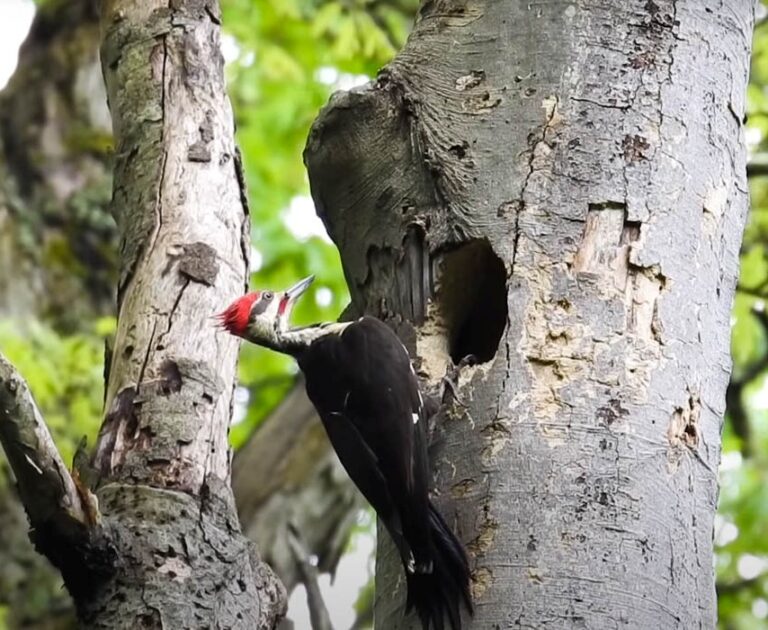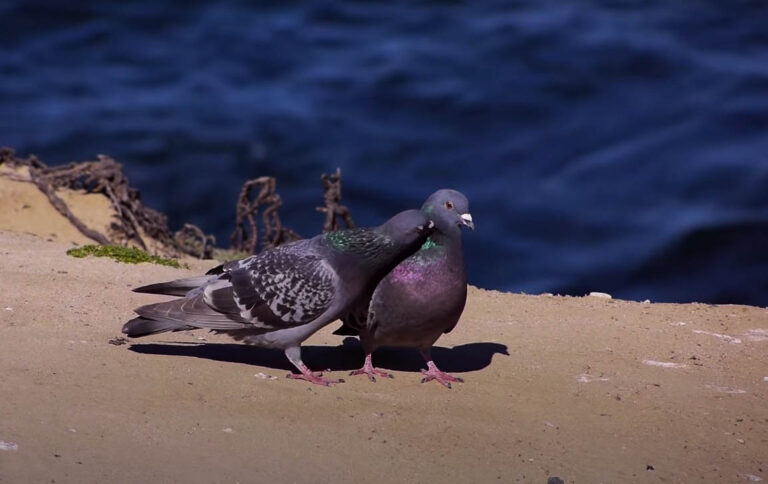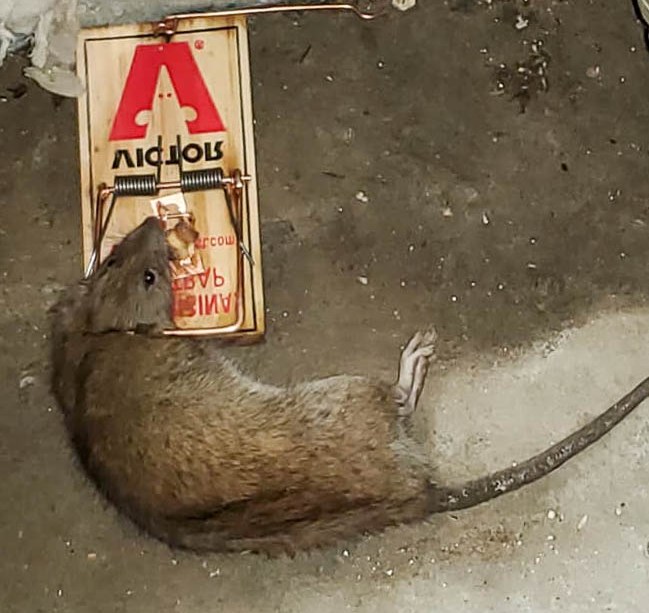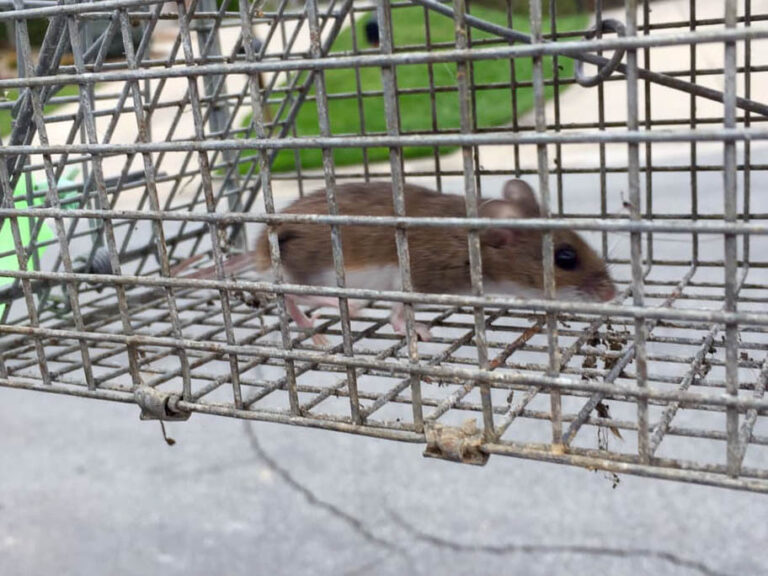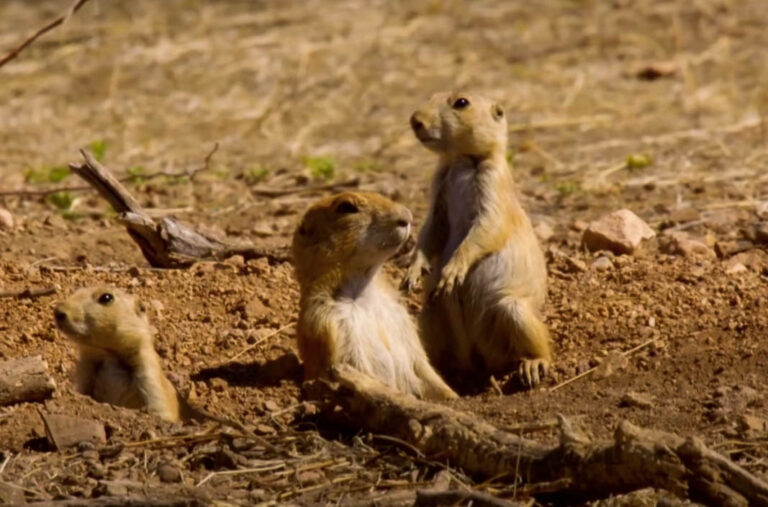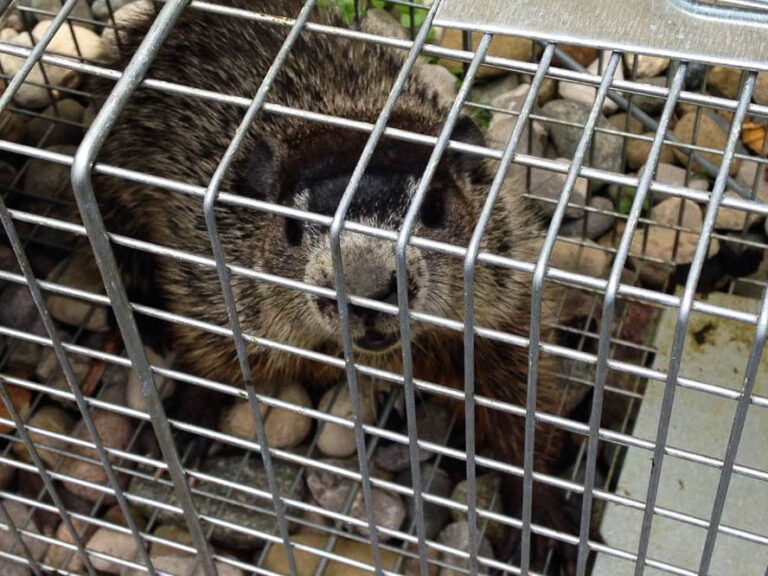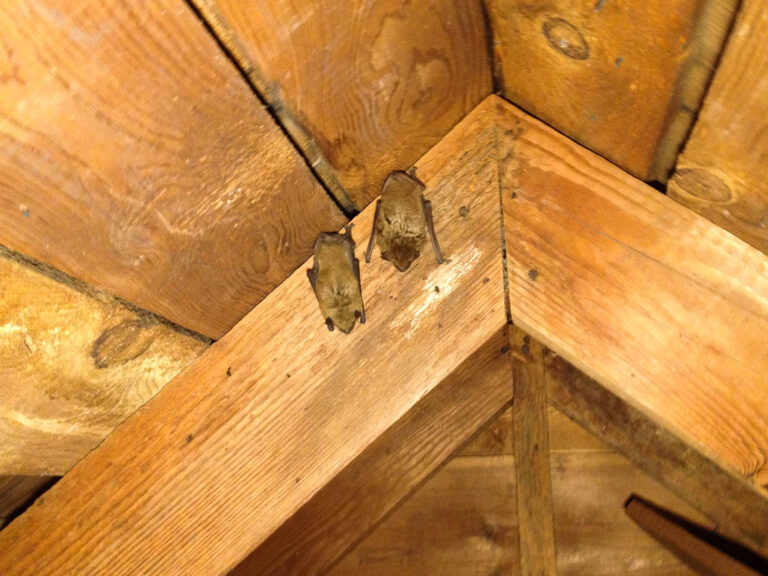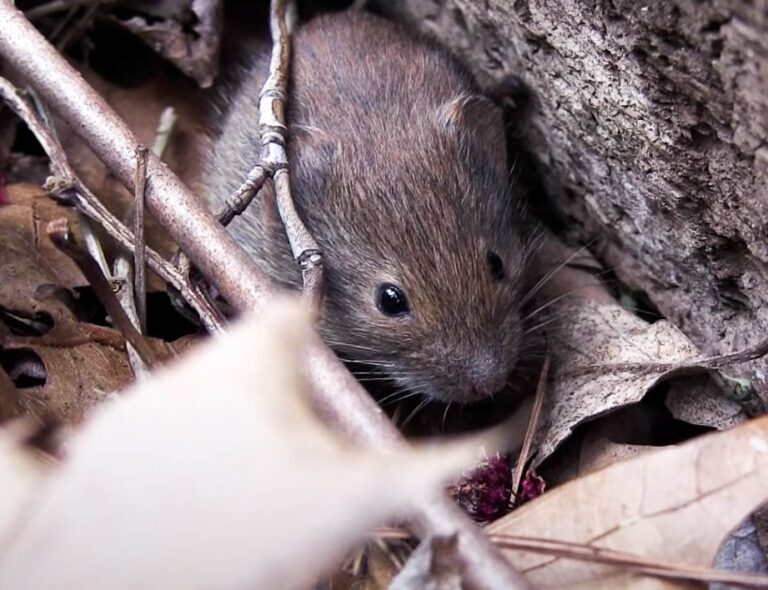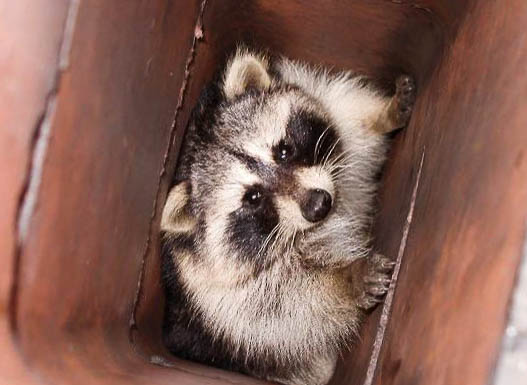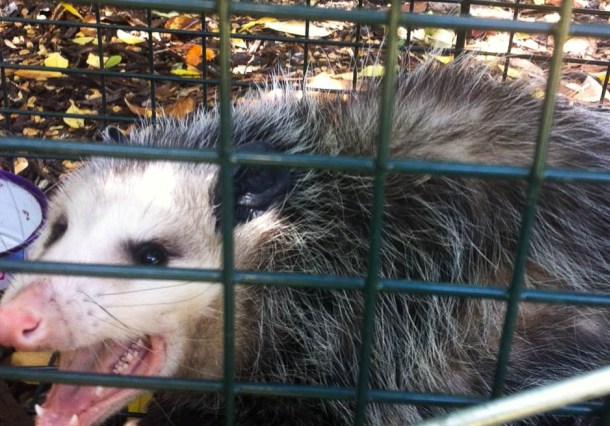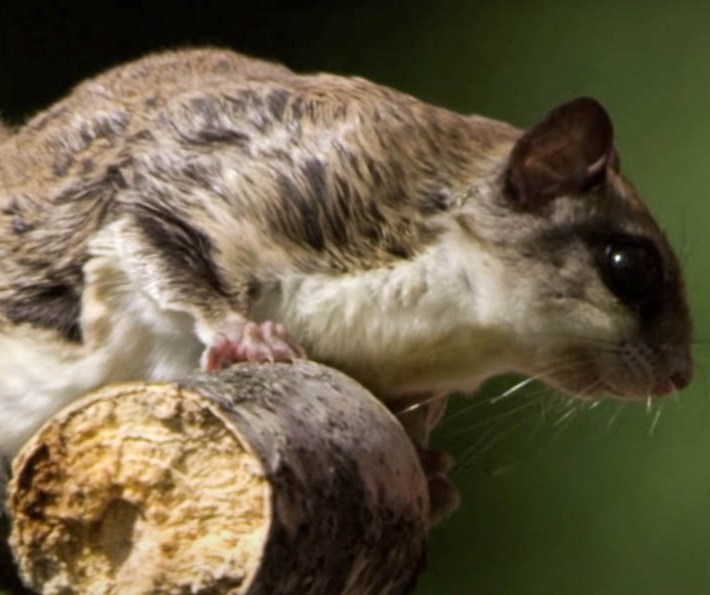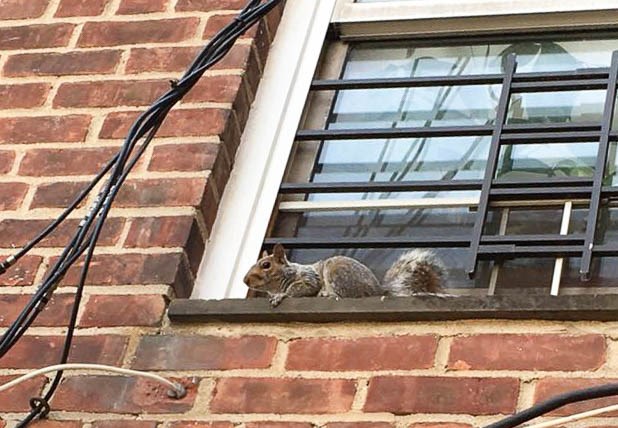About Woodpeckers
Appearance
Woodpeckers are part of the Picidae family (piculets, wrynecks, sapsuckers), a family known for their characteristic “drumming” habits. Woodpeckers are part of the Picidae family (piculets, wrynecks, sapsuckers), a family known for their characteristic “drumming” habits.
These birds can have feathers altering from dull or flamboyant; some are olive and brown, pied, black, white and red, etc. Most of them even have a prominent crown of red tufts of feathers. Helping their characteristic ‘drumming’ ability is hard, long, and sharp bills for a mouth. Their tongues are also long enough that it wounds through the skull.
Woodpeckers possess zygodactyl feet; four toes (3 for some species), with the two outer toes facing backward. Moreover, they have strong claws and feet over their short, strong legs. There are over 180 species of this bird.
Behavior
Woodpeckers are very territorial animals, protecting their source of food. Also, most of them are solitary except for the breeding seasons, while other species may live in small flocks or pairs. They are mostly diurnal and will prefer to roost in their nests/holes during the night. Woodpeckers are helpful in keeping trees from being overrun with insects with their feeding habits.
They feed on insects and other animals moving/living in the bark of wood. They do this by drilling a hole in the tree and extracting the insects with their tongues. They are opportunistic omnivores, and their diets may include termites, ants, beetles, caterpillars, larvae, spiders, fruits, nuts, sap, and so on.
Their stiff feathers, zygodactyl feet, and claws help them to move on trees vertically.Woodpeckers don’t sing, though they make chirps, chatter, and alarm calls. The drumming sound they produce is a form of non-vocal call. They make such sounds by making quick, repeated strikes with their bills on resonating surfaces. They can make about 20 raps per second and an average of 10,000 raps per day.
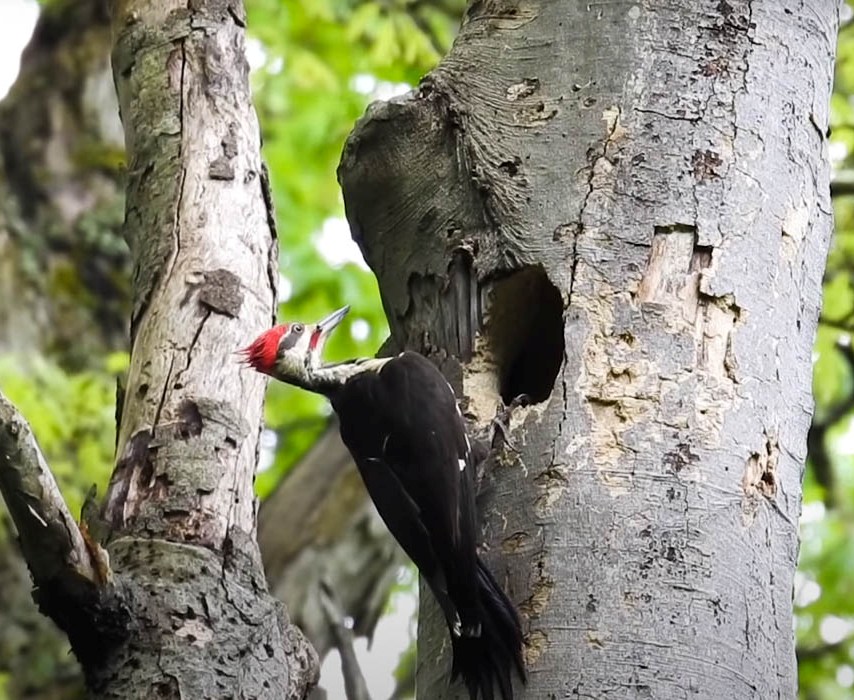
Habitat
Woodpeckers live almost everywhere in the world, especially in forest regions. They are found in scrublands, savannahs, woodlands, pine forests, or even tropical rainforests. However, you may not find woodpeckers in Antarctica, Australia, Madagascar, or New Guinea.
Many species live in the desert, grasslands, and even urban settlements; farms, parks, and the rest. Woodpeckers mostly dig up their own nests/holes in trees, especially for breeding, while others look for abandoned holes. They also use these holes in raising their family.
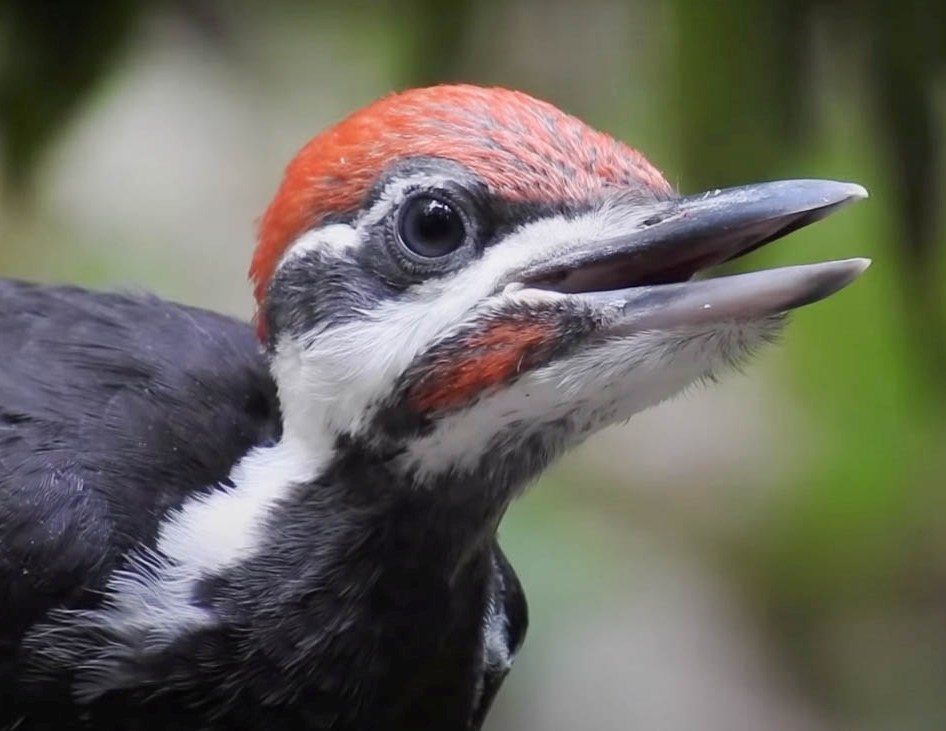
Life Cycle
When the male or both parents complete the nests (cavity in trees), mating can take place. Some molt their plumage during breeding seasons. The female lays between 2 – 5 eggs, and both parents take shifts to incubate the eggs for about 11 to 14 days. After they hatch, it will take an extra 18 – 30 days for the chicks to mature and forage on their own. However, in social species, the young will remain as part of the group.
In the wild, woodpeckers can live between 3 -12 years, depending on the species. Though, larger woodpeckers can live for as long as 20 – 30 years in ideal conditions. In captivity, they generally live for longer.
Woodpeckers have suffered predation from wild cats, snakes, foxes, rats, and larger birds. Their eggs are also subject to predation from smaller animals who pry their nests. Perhaps, the biggest threat to woodpeckers is habitat loss. Golf courses, dams, airstrips, stadiums, and other manmade activities continue to drive this animal farther away. Sadly, some species are now extinct.
Damages They Cause
These birds can be as beautiful, fun to watch, and majestic as ever, but they could be torturous to man.
Holes in your homes
This specie can give you a bit of a shock when you discover that a new hole is in your roof, siding, or roofing. It can usher in other pests, bacteria, and fungus. Also, the drillings will hasten the decay of the wooden materials in your home.
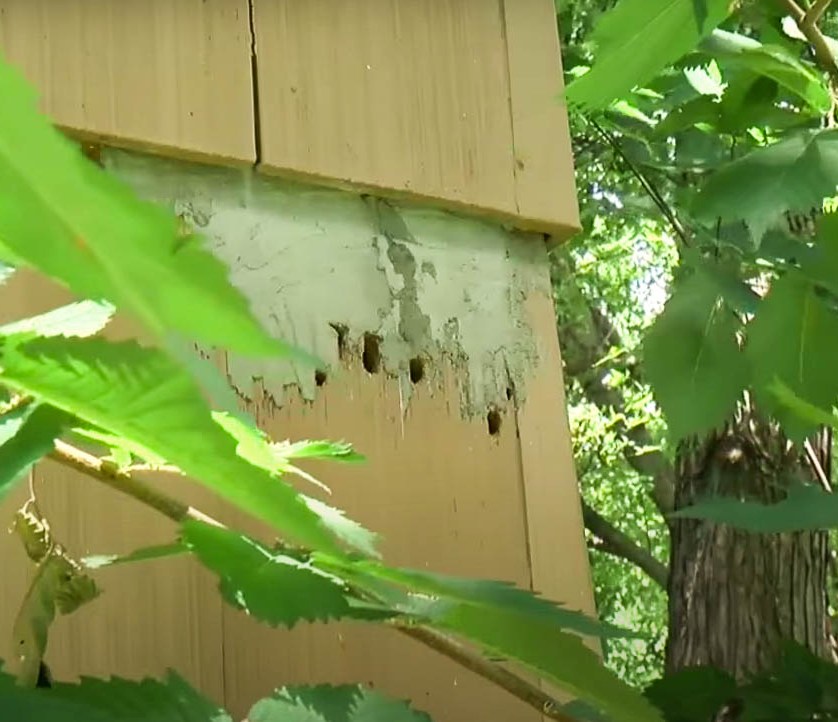
Lots of drumming
Their characteristic drumming noise is not only loud, but it’s also unbearable. You will find it difficult getting a nap with these creatures around.
Destroy your orchards
Their quests for food and shelter might see them feed on the berries/fruits in your orchards. Also, they will drill lots of unsightly holes in your trees. Finally, due to their territorial behaviors, it might be difficult to scare them off your property.


